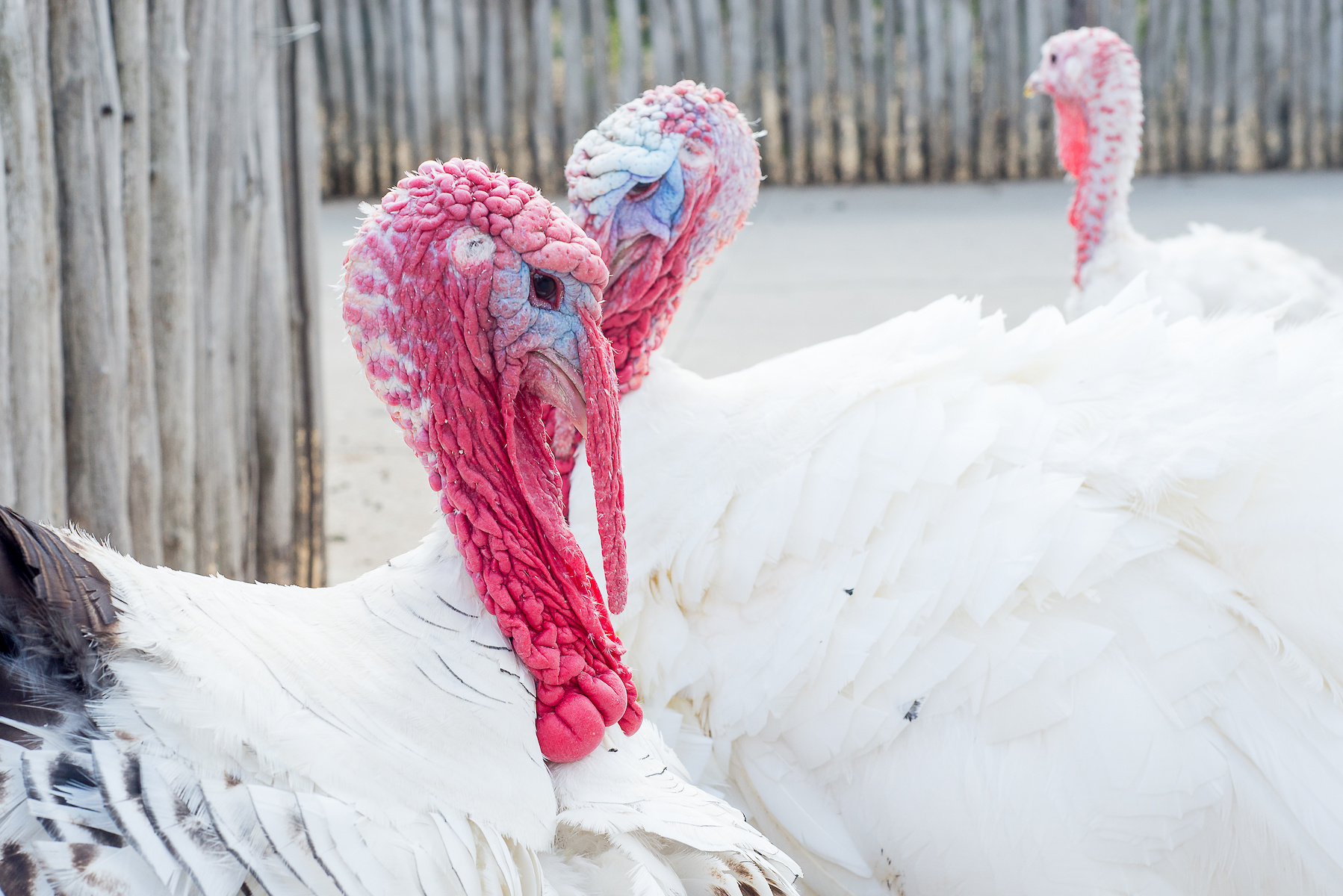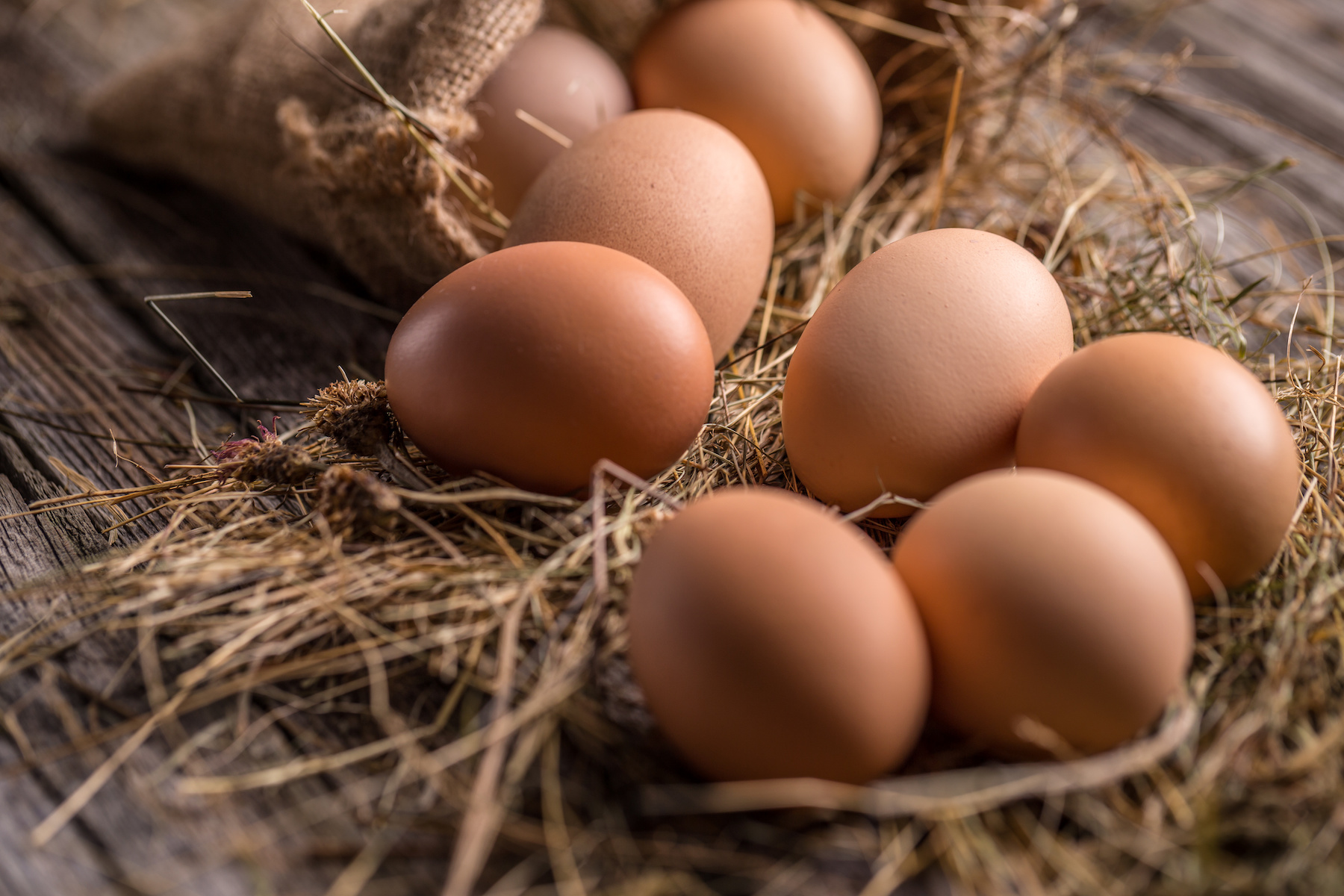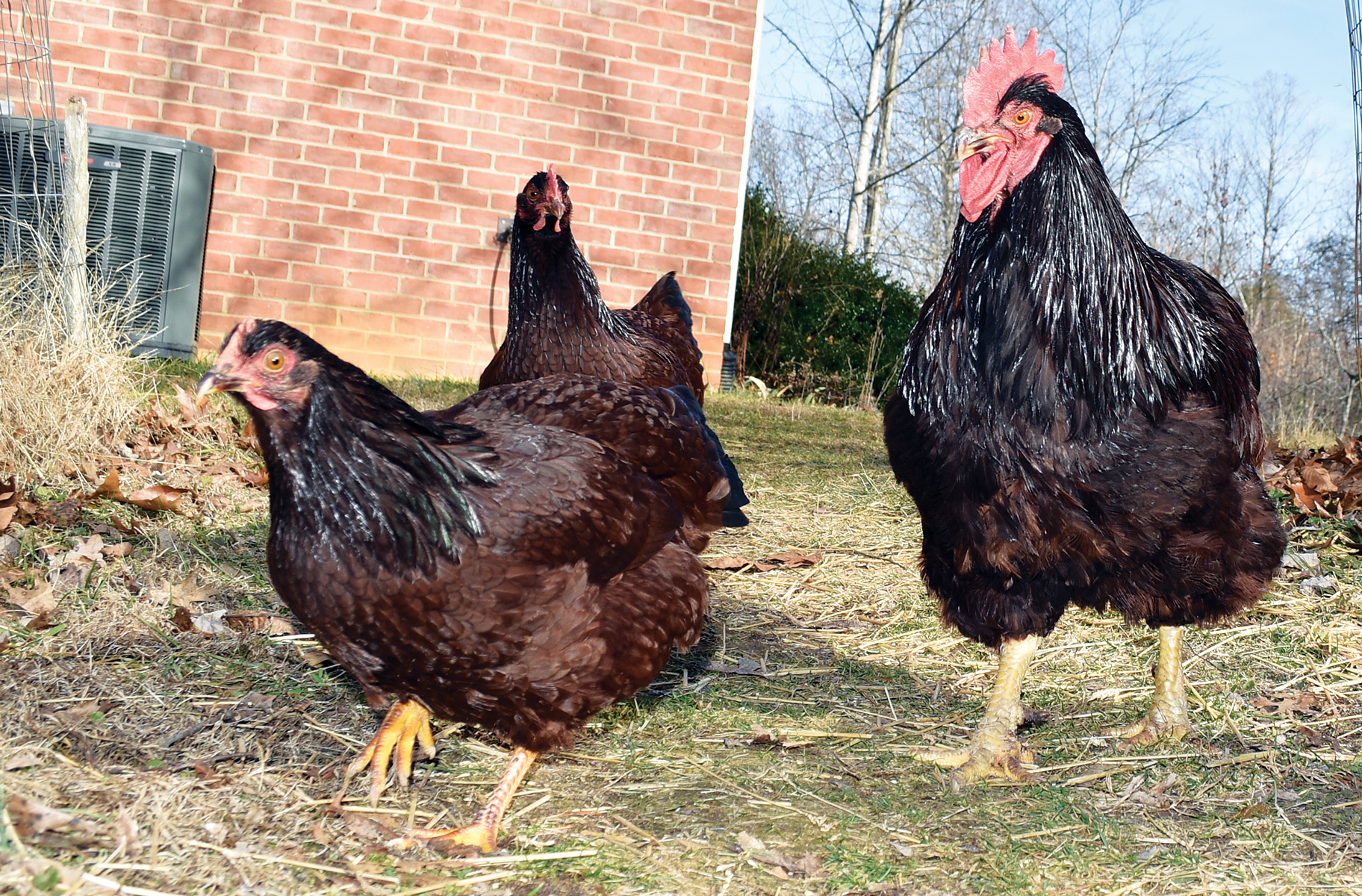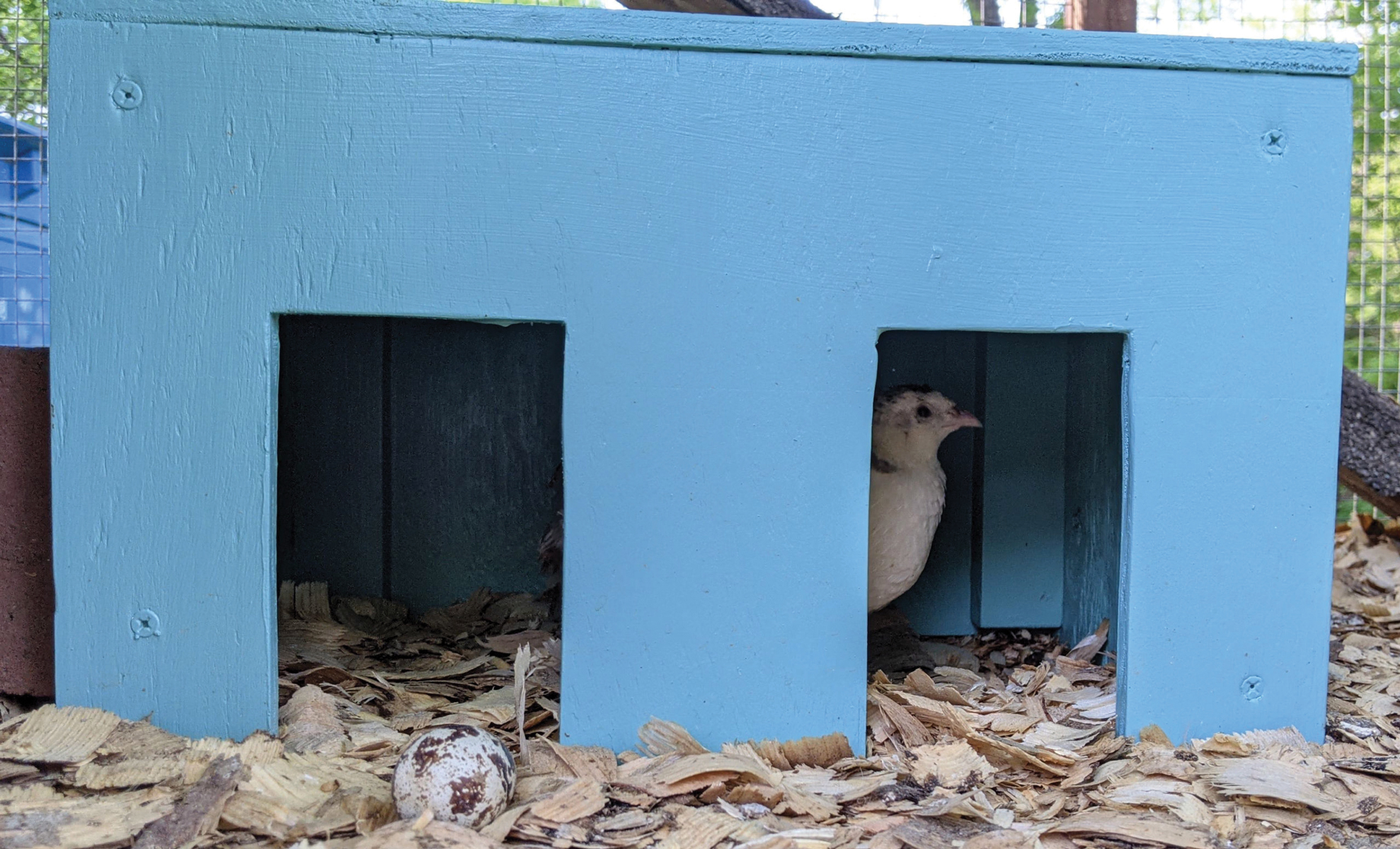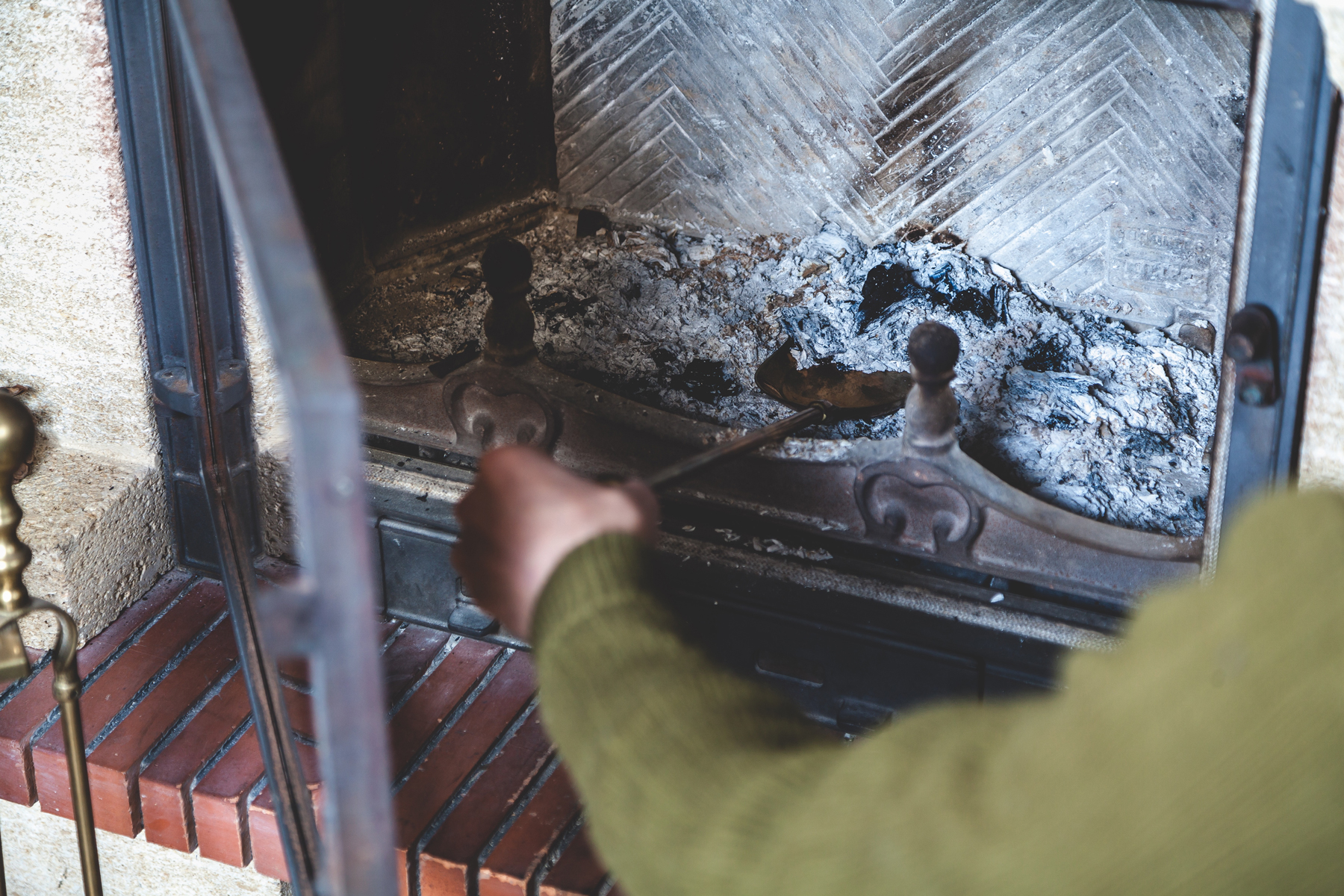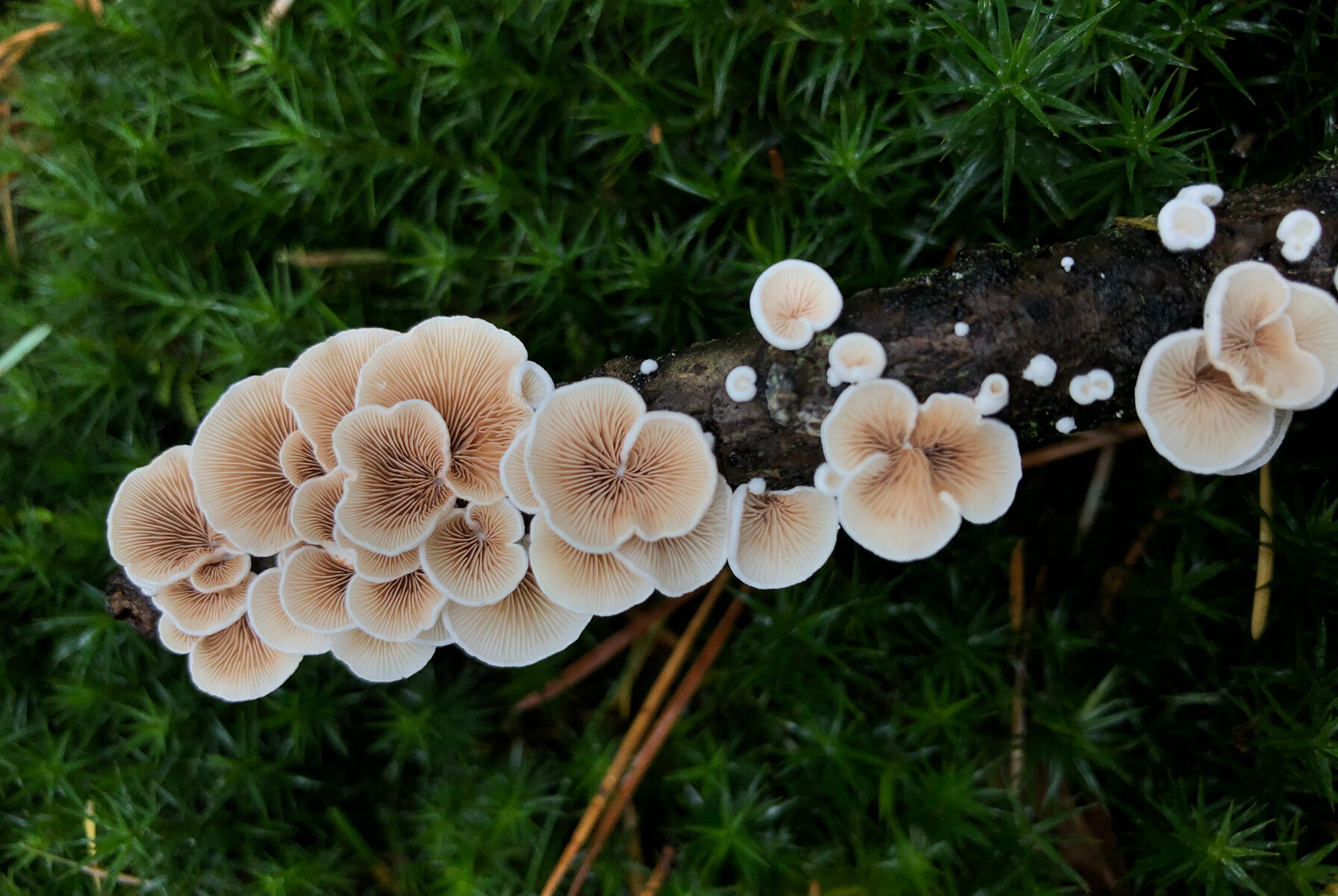Learn about growing mushrooms outdoors in the city that you can harvest, eat, and enjoy. Want to grow food, but have nothing larger than a balcony, windowsill or wall? Edible Cities shows you why the urban landscape can be a great place for permaculture. This excerpt discusses how to grow your own edible mushrooms in a small city space.
Steps for Growing Mushrooms Outdoors

1. Using a chainsaw, cut parallel slits into the log. If you’re not an experienced chainsaw user, a hammer and chisel can do the same job more slowly and quietly!

2. Fill the slits with mushroom inoculant.

3. Cover the slits with masking tape.

4. Place the logs in a shady spot, either directly on the ground or in earth-filled containers that can be kept moist.

5. The white spots at the end of the log indicate successful colonization.

6. First harvest.
More Tips on Growing Mushrooms Outdoors at Home
Delicious edible mushrooms don’t have to come from the supermarket or the forest. You can grow them at home in a moist and shady spot, on straw, compost, or wood as a substrate. The following instructions are for growing mushrooms on timber. Suitable mushrooms include shiitake (Lentinula edodes), oyster mushrooms (Pleurotus ostreatus), king oyster mushroom (P. eryngii), golden oyster mushroom (P. citrinopileatus) and sheathed woodtuft (Kuehneromyces mutabilis).
Looking for tips on indoor grow tents and which mushrooms are compatible for that environment? Check out Basics for Growing Mushrooms at Home.
Ingredients for Mushroom Cultivation
• Logs of a freshly cut broad-leaved tree
• Mushroom spawn as an inoculant (from a specialist supplier)
• Masking tape
• A permanently moist spot
What Timber to Use
• Lengths roughly 50 centimeters long, 15-centimeter diameter
• Softwoods (poplar, birch) give a faster but shorter return
• Hardwoods (oak, maple, beech) take longer to fruit, but yield over a longer period
Wood from conifers is very hard to inoculate because of its high resin content. Wood from a sawmill or timber merchant is likely to be colonized by molds or treated with preservatives and should not be used.
It’s best to use very fresh timber, for instance from a local tree surgeon, and inoculate it straight away to avoid the wood being colonized by other fungi. Once the mycelium of the desired mushroom has taken over, the risk of contamination is much lower.
The mushroom spawn consists of fungal mycelium growing on grain or sterile sawdust. A healthy mushroom culture should be white and have a pleasant fungal smell. If the color has changed, the culture is contaminated and should be discarded.
The inoculant should be used quickly, as it doesn’t keep very long.
Inoculation
The logs are prepared by cutting notches into them, either with a chainsaw or manually with a hammer and chisel. The notches should be about a finger’s width and 10 centimeters long, covering just over half of the log’s diameter. Each log can have several notches, as long as they’re at least 10 centimeters apart.
Fill these notches with your mushroom culture and cover them with tape. This protects them from pests and contamination, drying out, or being washed out by rain. After a while, mushrooms will start to pop up out of various places in the log.
Moisture and Temperature
The more even you can keep moisture and temperature, the better the mycelium will be able to colonise the log. The ideal temperature is around 20 degrees Celcius. To avoid the log drying out, place it in a permanently moist and shady spot.
Alternatively, you might place it vertically in a plant pot filled with soil. This can be watered from below or above, like a normal plant pot.
Fruiting and Harvest
The best time to start inoculating is in spring when the risk of frost has passed. If you have a frost-free spot available, you could start earlier. After 2 to 3 months, white patches will appear at the ends of the log. This is the sign that the mycelium has fully colonised it. Depending on moisture and temperature, it may take a further few months until your first harvest.
Usually, mushrooms will fruit several times a year. If nothing seems to be happening, a few taps with a hammer can help to “wake up” the mycelium and stimulate fruiting. Another way to shock the fungus into production is to place it in a bathtub or other water-filled container for a few hours.
Want to learn more about urban homesteading? Read Living on an Urban Homestead: An Interview with Jules Dervaes for more information.
Continue learning about mushroom cultivation with our video podcast, How to Grow Mushrooms: Liquid Culture Recipe.

This excerpt has been reprinted with permission from Edible Cities, by Judith Anger, Immo Fiebrig and Martin Schnyder, and published by Permanent Publications, 2013.
